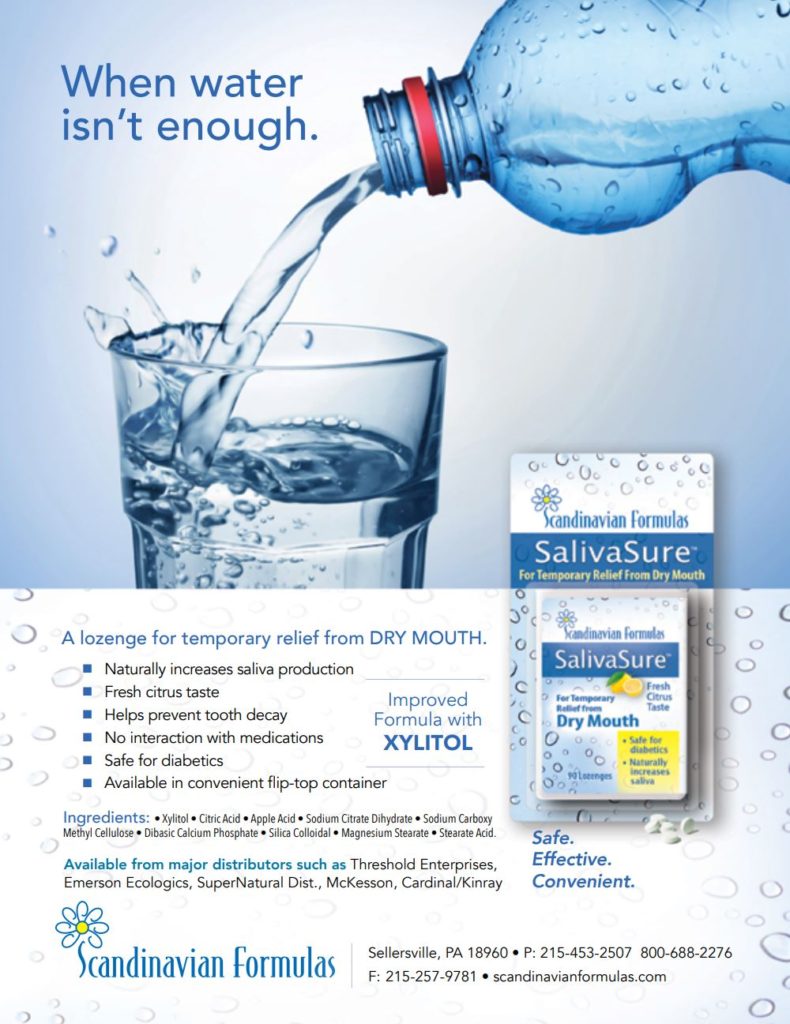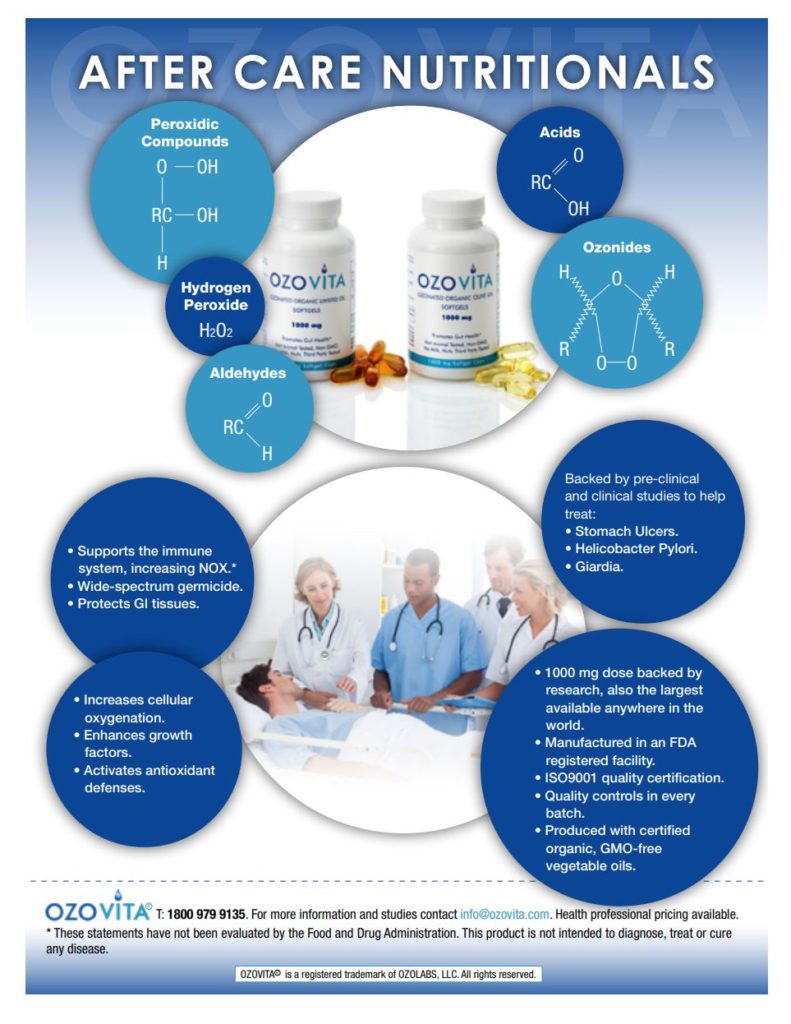by Jenna Henderson, ND
A high level of uric acid is an often-unrecognized contributor to many disease states. While the uremic wastes creatinine and BUN are measured on a basic metabolic panel, a blood test for serum uric acid (urate) is usually not run unless the patient complains of gout symptoms. Gout is the most well-known consequence of high uric acid, but only one of many conditions impacted by uric acid.
There may be a classical presentation of gout in the big toe or tophi with uric acid crystals forming nodules in various places. Gout may occur in the context of kidney weakness but is also seen in patients with normal creatinine and BUN. If other renal indicators are normal, diet and lifestyle factors are to blame.
Conversely low uric acid can also be problematic. Depending on the conditions, uric acid can be both pro-inflammatory and anti-inflammatory. Too much or too little uric acid can be detrimental depending on the patient’s health status.
Processing of Uric Acid
Uric acid is produced in the liver cells by the major catabolic pathway of purine degradation. Uric acid is not metabolized in the liver but is excreted by the kidneys and intestinal tract. The enzyme directly responsible for the formation of uric acid is xanthine oxidase (XO), and many medications for uric acid target this enzyme. Other published approaches to lowering production of uric acid include the inhibition of purine nucleoside phosphorylase (PNP), just upstream from XO.1
Hyperuricemia induces the expression of hepatic inflammatory molecules by activating the pro-inflammatory NF-κB signaling cascade. It is also associated with higher levels of hsCRP, fibrinogen, complement C3, ferritin, and ESR. However, uric acid can also act as an antioxidant and free radical scavenger depending on the microenvironment.1
The pro-oxidant effects of uric acid mostly relate to its copper reducing, as Cu(+) can initiate lipid peroxidation. Uric acid also increases alpha-tocopherol consumption. The presence of nitric oxide, however, completely inhibited the pro-oxidant activity of uric acid.2
Demographics
A variety of factors can make one more susceptible to hyperuricemia.
- Alcohol consumption
- Obesity
- Binge eating
- Genetics3
- Chronic kidney disease
- Heavy meat diet
- Dehydration
- Advanced age4
- African Americans5
- Hyperparathyroidism (even in the absence of renal disease)6
- Tumor lysis syndrome seen in cancer and chemotherapy, as there is a rapid release of the cell’s contents.7
Lab Tests
Serum uric acid is the most direct way to check the patient’s status. In human blood plasma, the reference range of uric acid is from 3.6 to 8.3 mg/dL. There may be a more acidic urinary pH as the kidneys are passing uric acid or a higher urinary pH if the uric acid is crystalizing into stones.7
Uric Acid and Kidney Health
It is often hard to separate cause and effect. High uric acid can result from kidney weakness, but uric acid itself can contribute to kidney damage.
Hypertension: Uric acid increases salt sensitivity and xanthine oxidase-related oxidative stress causes endothelial dysfunction and renal vasoconstriction.8
Nephrotic syndrome: Increased xanthine oxidase activity and uric acid are associated with an increase in the pro-inflammatory compounds toll like receptor 4 (TLR4) and fibronectin. Expression of these compounds is part of a maladaptive immune response associated with proteinuria. Use of allopurinol was seen to reduce proteinuria.9
Loss of filtration: High uric acid can be a causative factor in the progression of chronic kidney disease, altering tubular epithelial cells, endothelial cells, and vascular smooth muscle cells, leading to a pro-inflammatory, profibrotic state.10
Uric acid kidney stones: After oxalate stones, uric acid stones are the second most prevalent type. Some kidney stones are mixed in composition. As oxalates are only found in plants and uric acid is associated with a heavy meat intake, knowing the patient’s eating habits is helpful in determining a course of action.
High Uric Acid Conditions
Uric acid does not just damage the kidneys. High uric acid can be an exacerbating factor in a variety of non-renal conditions:
Myocarditis: Hyperuricemia is associated with increased coronary artery disease, heart failure, and sudden death.11
Atherosclerosis: Uric acid increases erythrocyte aggregation and blood viscosity, increasing risk of atherosclerosis.12
Hypertriglyceridemia: Serum uric acid strongly associated with high triglycerides independent of age, gender, smoking, alcohol consumption, obesity, and insulin resistance.13
Cancer: High uric acid levels are positively associated with colorectal, hepatobiliary, kidney, non-melanoma skin, other cancers in men, and head and neck and other cancers in women.14
Obesity: Uric acid stimulates fat accumulation independent of caloric intake.15
Metabolic syndrome: Uric acid-induced insulin resistance can independently predict risk of diabetes.16
Diabetic neuropathy: High uric acid can contribute to various peripheral neuropathies, including sensory functions in diabetics.17
Non-alcoholic fatty liver: Hyperuricemia predicts steatosis with NAFLD.18
Crohn’s disease: Patients with inflammatory bowel disease have higher rates of nephrolithiasis. A high uric acid to creatinine ratio correlates with disease activity in Crohn’s disease, but not ulcerative colitis.19
Colorectal polyps: High uric acid is associated with increased prevalence of colorectal polyps.20
COPD: High uric acid is significantly associated with reduced functional expiratory volume and cardiovascular comorbidities in COPD patients.21
Hypothyroid: Thyroid hormones may affect uric acid metabolism. Low thyroid is associated with higher serum creatinine, and uric acid is often elevated when creatinine is higher.22
Psoriasis: Higher uric acid is found with psoriasis patients in Western Europe, but this trend was not seen in other ethnic groups.23
Rosacea: Serum uric acid along with CRP was found to be significantly higher in rosacea patients than in the control group.24
Cataracts: Patients with posterior subcapsular cataracts show increased uric acid in the aqueous humor and urate deposits.25
Bipolar disorder: High uric acid has been associated with both manic and depressive episodes of bipolar disorder.26
Preeclampsia: High uric acid levels with preeclampsia have been considered part of renal dysfunction in pregnancy. Further study is looking into possible mechanisms of action and the effect of uric acid on the mother and baby.27
Surprising Benefits of Uric Acid
Uric acid actually has a stimulating effect on the cerebral cortex and may enhance cognitive function.28 While many other animals have the enzyme uricase to break down uric acid, humans lost the ability to make uricase due to a mutation in primates traced back to the Miocene epoch. It has been hypothesized that a higher uric acid level was a factor that allowed for the development of increased brain mass and intellectual performance. It may have even given a survival advantage by helping to maintain blood pressure in a low-salt environment.29
Although uric acid can wreak havoc, surprisingly, it also has a neuroprotective function. Optimal levels of uric acid seem to follow a U-shape. Some disease states are actually associated with low uric acid levels.30
Stroke: Low uric acid is associated with stroke mortality.30
Alzheimer’s: Reduced uric acid concentration is linked to Alzheimer’s disease.31
Multiple sclerosis: Low serum uric acid is linked to multiple sclerosis.31
Parkinson’s disease: Patients with Parkinson’s disease appear to have a lower homeostatic set point for uric acid, which contributes to less protection from oxidative damage.32
Amyotrophic lateral sclerosis: There was a 39% reduction in risk of death for each 1 mg/dL increase in uric acid.33
Optic neuritis: Although some peripheral neuropathies are more common with high uric acid. Low uric acid is associated with optic neuritis.31
Glaucoma: Low uric acid was found in patients with primary open angle glaucoma and correlated with worsening parameters.34
Prion diseases: The antioxidant properties of uric acid inhibit neurotoxicity with bovine spongiform encephalopathy (BSE) and variant Creutzfeldt-Jakob disease (vCID).35
Cancer: Some cancers show an inverse relationship with uric acid including pulmonary and central nervous system cancers in men, and breast, lymphatic, hematological and CNS malignancies in women.14
Osteoporosis: In post-menopausal women, osteoporosis was less prevalent among those with high uric acid than those with normal uric acid levels.36
COVID-19: Kidney injury may be part of the complications of COVID-19. Increased mortality risk is associated with higher creatinine and BUN, but surprisingly low levels of uric acid were also associated with higher mortality.37
Mixed Results in the Elderly: High uric acid levels do predict higher mortality in the elderly.38 However, higher uric acid levels in the elderly are associated with better muscle strength and reduced sarcopenia.39 There is also better functional recovery with cardiac rehabilitation with higher uric acid.40
For many of these conditions, increasing certain animal products and even light alcohol, is congruent with existing recommendations. Fish consumption lowers stroke risk,41 and light to moderate alcohol consumption lowers the risk of hemorrhagic stroke.42 Adequate B-12 is important for managing multiple sclerosis.43 Having higher cholesterol may slow the progression of Parkinson’s disease.44 High homocysteine may also play a role in many neurological conditions, including Parkinson’s and amyotrophic lateral sclerosis.45 There was even found to be high homocysteine in tears of glaucoma patients.46
Medications That Raise Uric Acid
Although diet is most often the driving factor in elevated uric acid, many medications can also elevate serum uric acid levels.
- Aspirin
- Diuretics
- Caffeine
- Calcineurin inhibitors
- Cisplatin
- Diazoxide
- Epinephrine
- Ethambutol
- Levodopa
- Methyldopa
- Metoprolol
- Nicotinic acid (vitamin B3)
- Saccharomyces cerevisiae
Medications That Decrease Uric Acid Levels
- Allopurinol
- Azathioprine
- Cinacalcet
- Clofibrate
- Corticosteroids
- Estrogen
- Febuxostat
- Glucose
- Guaifenesin
- Mannitol
- Probenecid
- Sevelamer
- Warfarin
Although colchicine is used for symptomatic relief with gout, its effect is due to decreasing inflammation of urate crystals, rather than lowering serum uric acid.47 Colchicine, however, can be difficult to use as there is a narrow therapeutic index and a lack of clarity between a non-toxic, toxic, and lethal dose.48
Dietary Interventions
Reducing intake of purine-containing foods is a good first step. This change can be difficult if the patient has found a ketogenic diet helpful. Often these foods do not need to be eliminated entirely but simply consumed in smaller portions. These foods include eggs, red meat, white meat, and seafood, but also soft drinks, fruit juices, and alcohol.49
Dairy products do not contain purines. In fact, milk consumption is helpful to lower uric acid.50 Unless patients have a clear intolerance to dairy, many patients do well with raw milk and raw milk kefir.
Legumes do contain purines but generally do not appear to contribute to increased serum uric acid.51
Whole soybeans, soy milk, and soy protein powder were all observed to increase uric acid.52
Added high fructose corn syrup can raise uric acid. However, fresh fruit contains vitamin C, flavonoids, and fiber, which appear to offset the effects of fructose.53
Some forms of alcohol have a greater effect on uric acid levels than others. Beer is the most associated with gout attacks. Spirits also had a correlation with gout. Moderate intake of wine, however, did not appear to be an aggravating factor.54
Coffee consumption lowers uric acid. Results were found in both men and women, although women required more coffee for the uric acid lowering effect.55 A similar effect was found with decaffeinated coffee, suggesting that a component other than caffeine is responsible for the effect.56
Celery (Apium graveolens) is a functional food, decreasing uric acid, by inhibiting hepatic xanthine dehydrogenase and xanthine oxidase.57
Although fruit juice is not encouraged for those with high uric acid, an exception to this rule is tart cherry juice which lowers uric acid and improves gout symptoms.58 A similar effect was also found with Bing sweet cherries.59
Supplementation
Probiotics: The specific strain of Lactobacillus plantarum GKM3 was found to lower uric acid levels,60while Bifidobacterium longum 51A reduced the inflammation of gout.61
Vitamin C: Many kidney patients hesitate to use vitamin C over perceptions that it increases nephrolithiasis. However, vitamin C intake in men was found to have an inverse correlation to serum uric acid levels.62
Curcumin: Curcumin and its metabolites inhibit xanthine oxidase.63
Cinnamon: Cassia oil extracted from cinnamon markedly lowered hepatic xanthine dehydrogenase and xanthine oxidase.64
Noni (Morinda citrifolia), a traditional gout remedy, lowers xanthine oxidase.65
Grapeseed procyanidins were found to reduce serum uric acid in a murine model.66
Glycine combined with tryptophan was found to reduce triglycerides as well as uric acid. Results were attributed to increased solubility of uric acid.67
Humulus lupulus: Although beer drives up uric acid, an extract of flavonoids from the hops plant was found to lower uric acid.68
Olive leaf inhibits xanthine oxidase.69
Rumex crispus: This lesser-known anti-diabetic herb reduces xanthine oxidase comparable to allopurinol.70
Green tea reduces formation of uric acid but also increases renal excretion of uric acid.71
Vitamin D: High uric acid levels suppress 1-αhydroxylase, leading to low levels of 1,25(OH)2D and higher PTH.72
Sauna Therapy? Not So Fast
One approach to high levels of uremic toxins is to sweat them out. Sauna can be a useful way to excrete creatinine, urea nitrogen and ammonia, but not uric acid. No uric acid is detected in human sweat.73 In fact, sauna can increase serum uric acid. This increase appears to be due to three factors—increased purine degradation, reduced renal excretion, and dehydration—making uric acid more concentrated. The additive effect of sauna bathing while drinking alcoholic beverages is particularly concerning.74 While infrared sauna is a helpful adjunct therapy for many with marginal kidney function, if the patient complains of achiness immediately after a sauna and/or has a very high serum uric acid, it’s good to proceed with caution.
In conclusion high uric acid levels are very common among diabetics, the obese, and those with cardiovascular disease. Other conditions, especially conditions of the nervous system, are associated with low serum uric acid. Serum uric acid levels are easily tested. A variety of supplements and dietary changes can assist in the management of uric acid.












